2024 Mazda MX-5 defines the modern sports car
In a sector currently untroubled by electrification, the Mazda MX-5 Roadster retains its crown as the best-ever compact convertible
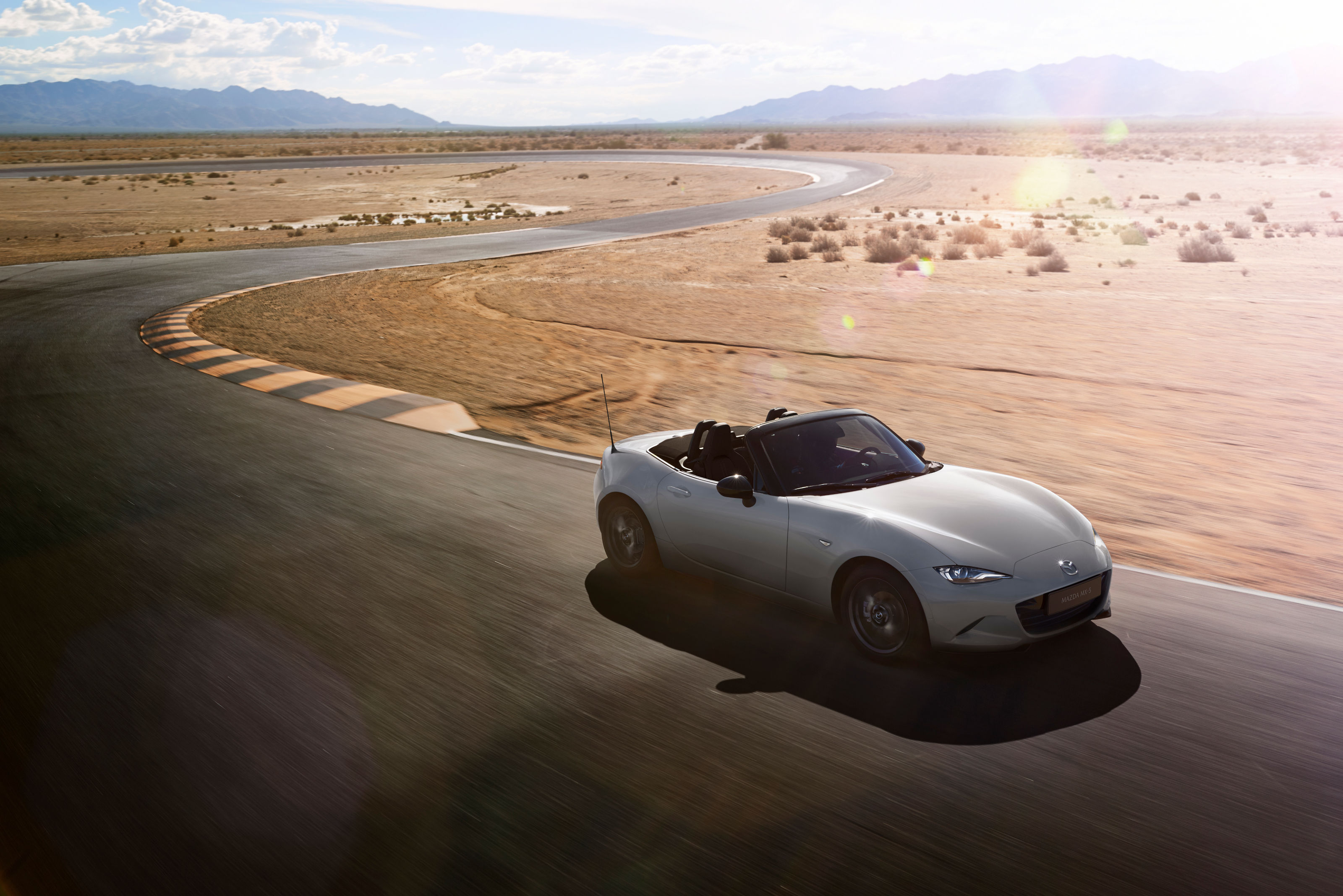
The Mazda MX-5 remains the quintessential modern convertible, the perfect car for the short, sharp stabs of British summer sunshine. This is substantially down to the car’s origin story as a deliberate homage to the great British sports cars of the 1950s and 1960s. The first MX-5 debuted in 1989, although the origins of the project go back over a decade beforehand.
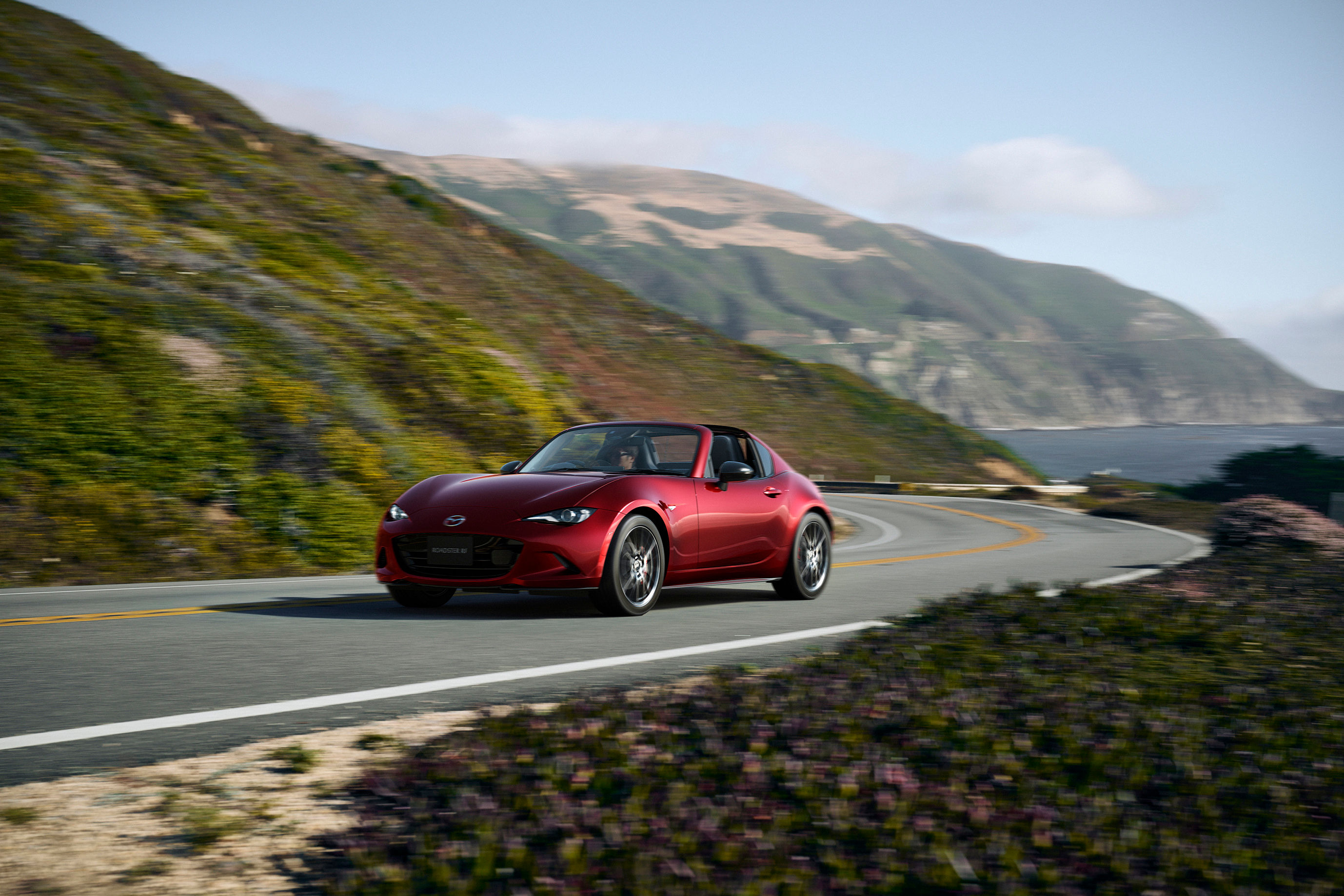
At the heart of what became the MX-5 was the longstanding appreciation of British models like the MGB. An American-led design team kickstarted the project at Mazda’s newly opened Californian studios, up against a design concept from the Tokyo studio. The former won out, with its classic front-engine, rear-wheel drive layout, originally rendered in concept form as the 1985 Duo 101, a trim two-seater styled by the British company IAD.
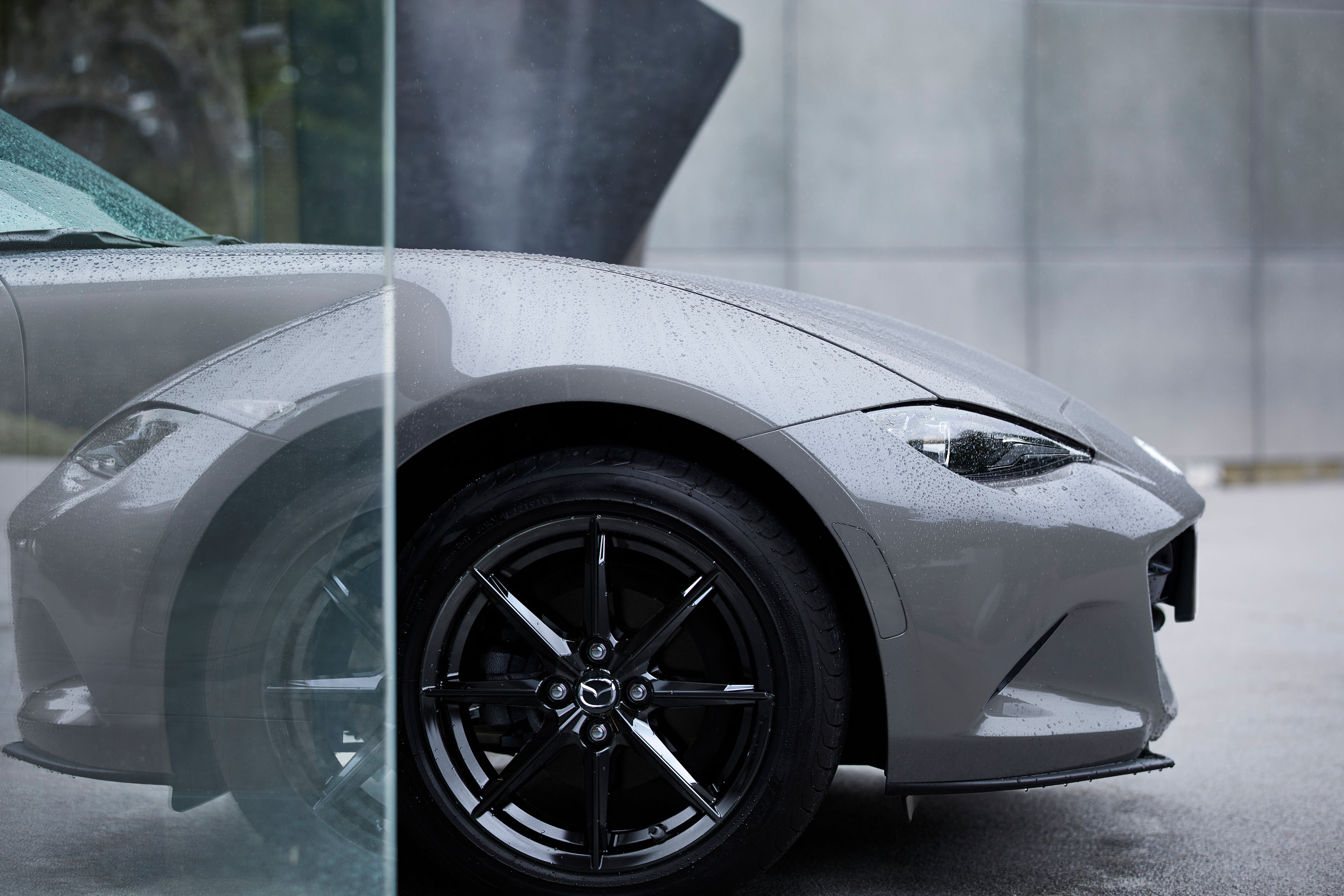
IAD helped Mazda’s Tom Matano and his team refine the eventual production model, and the Mazda-Experiment Project 5 came to be and was an immediate success around the globe. Over decades of evolution, the MX-5 has become the best-selling convertible of all time, with well over a million sold.

2024 Mazda MX-5, gentle evolution, enduring appeal
The 2024 Mazda MX-5 is a light fettling of the current, fourth-generation model, originally introduced back in 2014 but overhauled more substantially in 2019, when the MX-5 celebrated its 30th birthday. A textbook example of slow, steady and relatively conservative evolution highlights how essentially right the MX-5 was from the very beginning. Granted, the car has got a little heavier and larger with each new generation, but by modern automotive standards, the MX-5 is still a minnow.
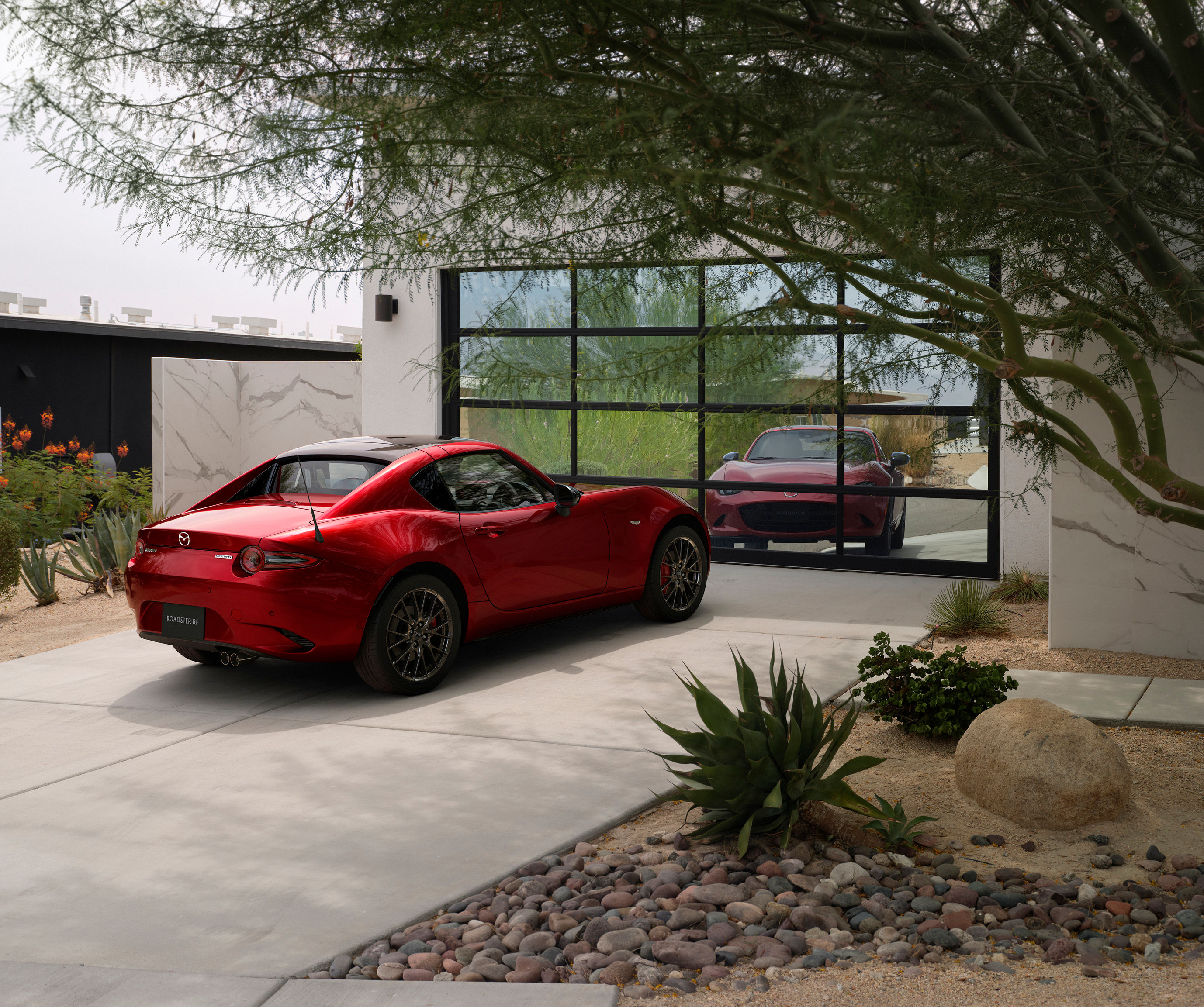
2024 Mazda MX-5 RF with its folding hard-top
On the road, the compact scale and meticulously tuned road manners make the little Mazda an absolute joy to drive and a very easy car to own. Mazda has dabbled with a folding hardtop, both for the duration of the third generation and in the current MX-5 RF, but the canvas roof model is still the original and best. A removable hardtop was once available, as well as an extremely limited run of fixed-head Roadster Coupé models built at the turn of the century.
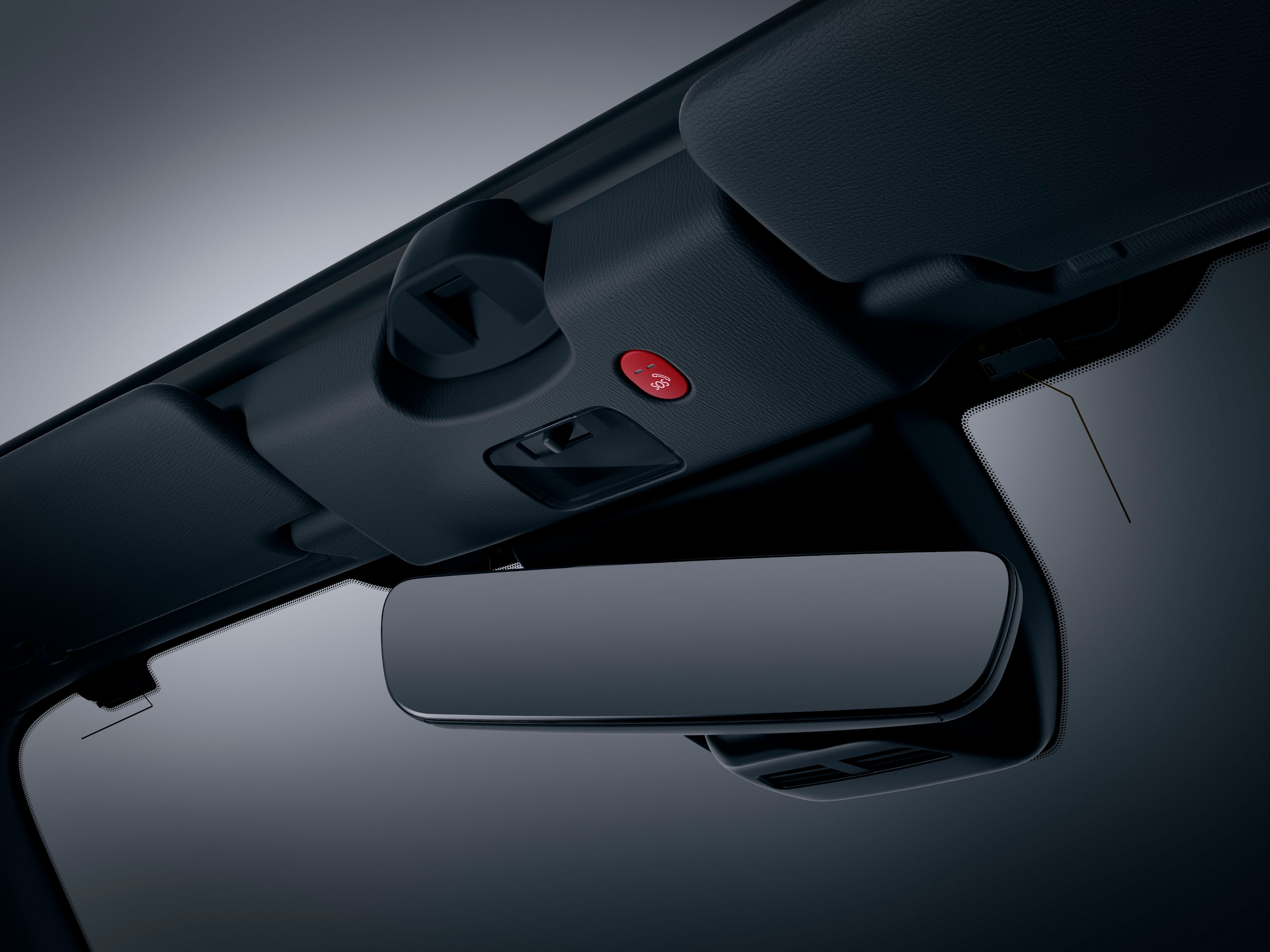
One of the reasons for the MX-5’s enduring success, apart from its distinct lack of credible rivals, has been an insistence on a manually operated hood. Popping the top is achieved by undoing a single handle above the windscreen and flinging the concertina roof assembly back until it clicks into space. It takes seconds and is about as far remove from the elaborate mechanical dance of cars like Porsche’s 911 Targa or even the swift-moving, multi-layered, and thickly upholstered roofs you find in cars like an Aston Martin or Bentley.
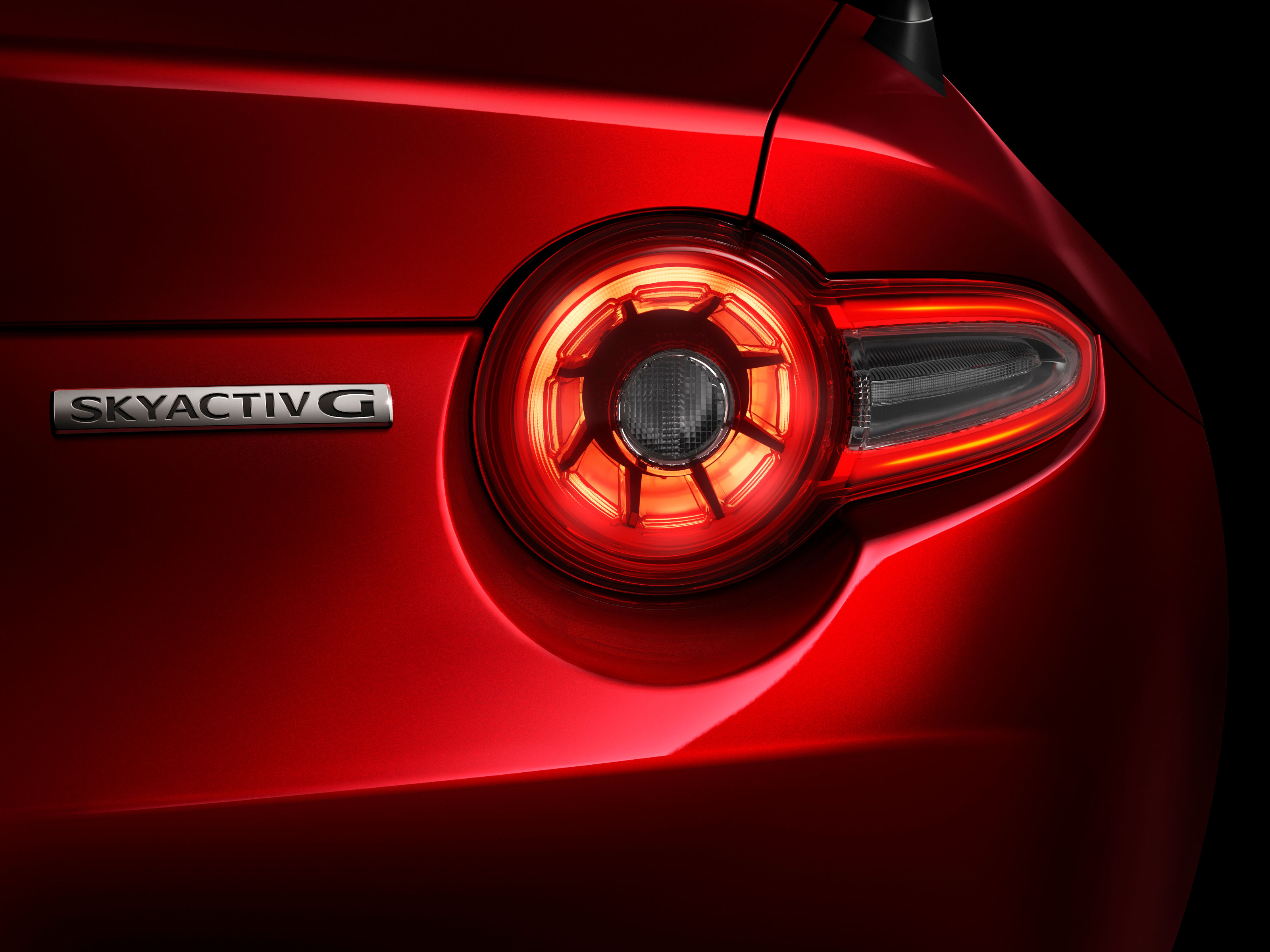
The Mazda’s roof takes up minimal boot space, and although stowage isn’t exactly a forte, it’s still way more practical than most sports cars. Other admirable elements that have endured throughout the car’s life are the minimal options list – just two choices of engine – and focus on drivability, rather than outright power or speed. A well-balanced small car with adequate power will always, always, be more entertaining on a regular road than a fire-breathing supercar with all the dials and stats turned up to the max.
Wallpaper* Newsletter
Receive our daily digest of inspiration, escapism and design stories from around the world direct to your inbox.
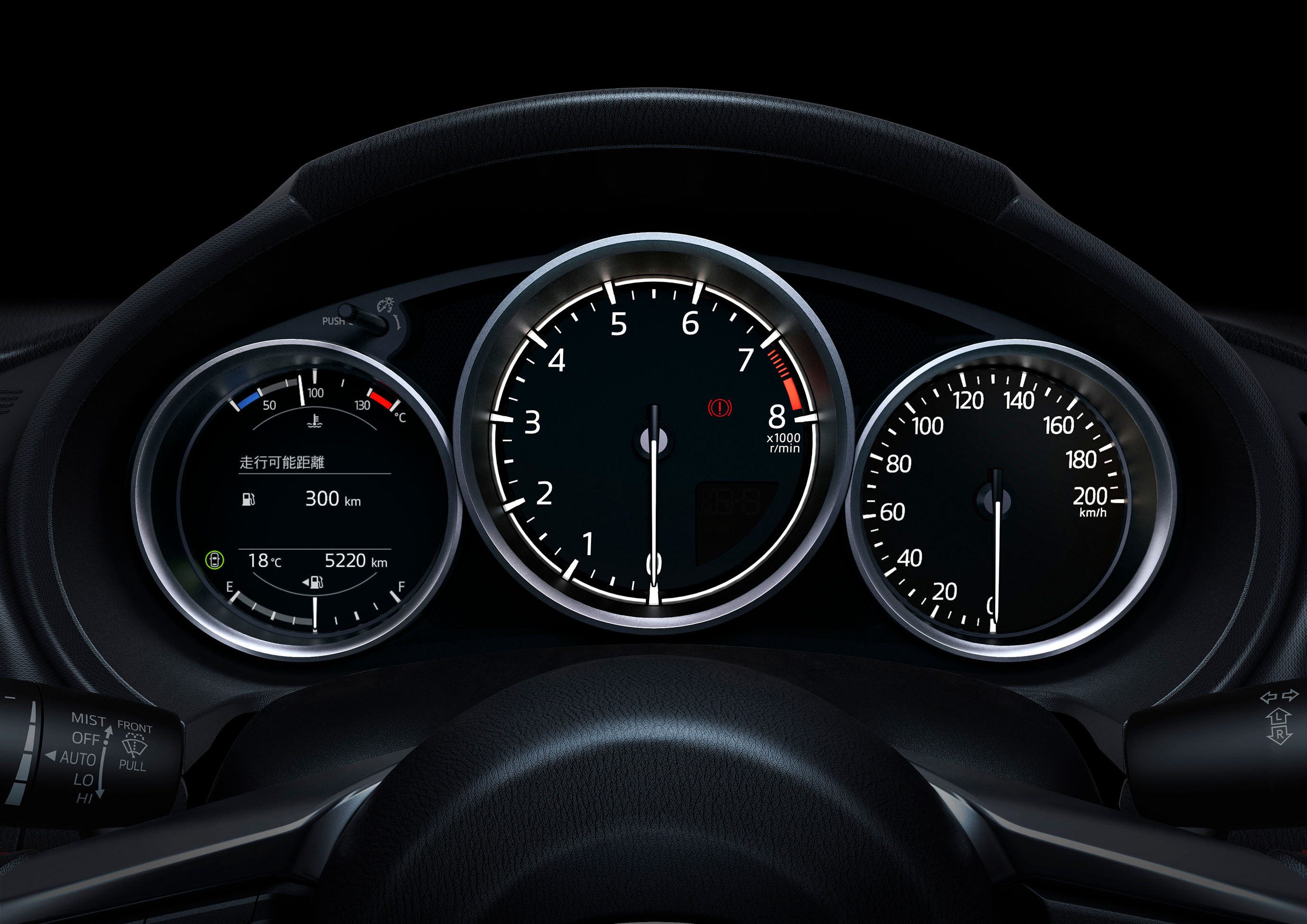
Even the sportiest MX-5, the 2.0 Skyactiv-G, puts out a relatively modest 184PS. That there will be an all-electric MX-5 someday is undisputable, but Mazda isn't rushing to be a pioneer in this sector. The company's EVs to date have been rather lacklustre, like the range-hobbled MX-30, and a sprightly, compact, lightweight sports car is perhaps the worst genre to electrify given the technologies current limitations.
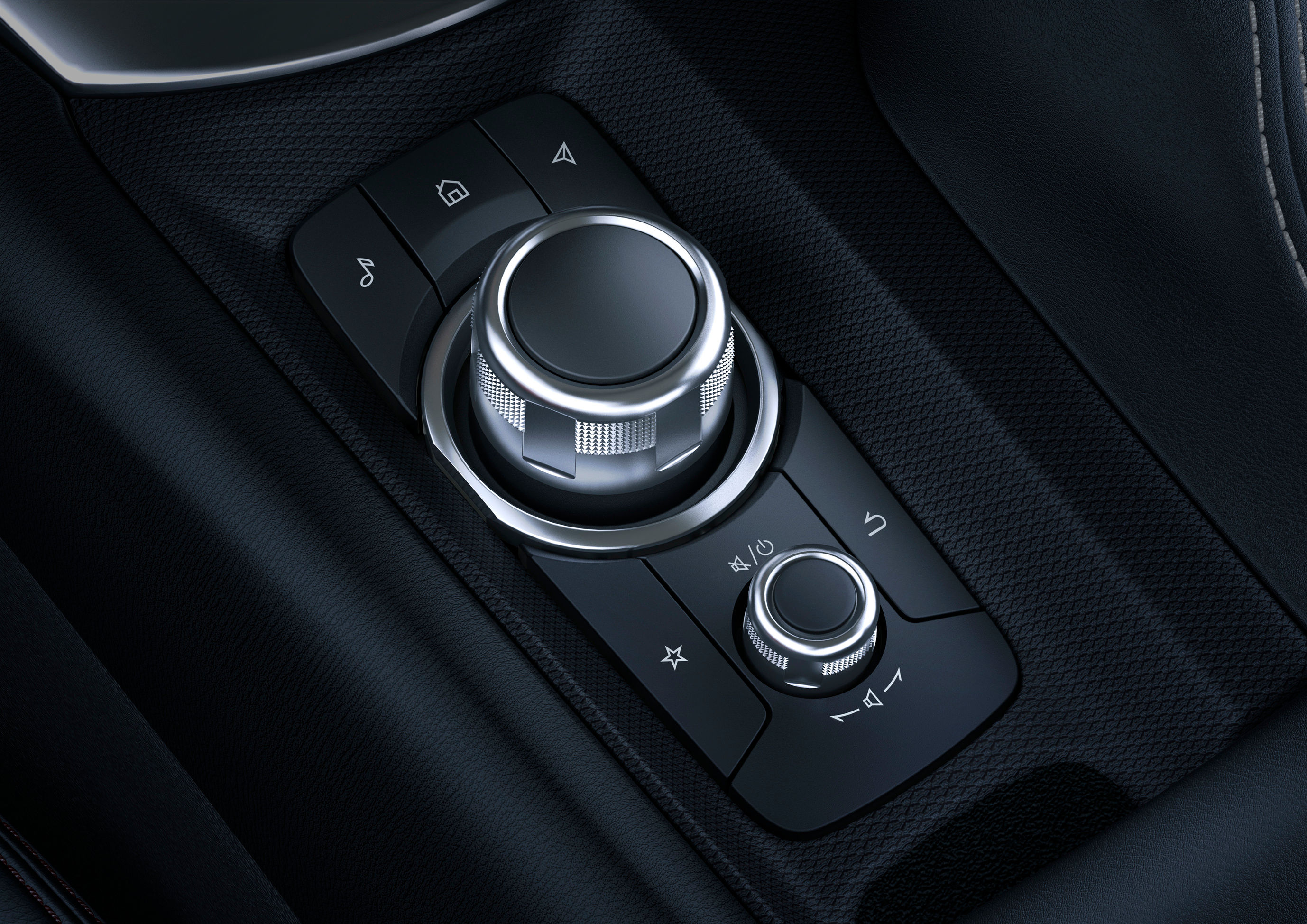
MG's forthcoming Cyberster superficially ticks all the boxes, being pure electric and rather handsome. However, not only is it saddled with a deeply unromantic name (these things matter), the MG is a far larger car than the MX-5, at over 4.5m long vs 3.9m, and 1.9m wide vs 1.7m, larger even than a Porsche 911.
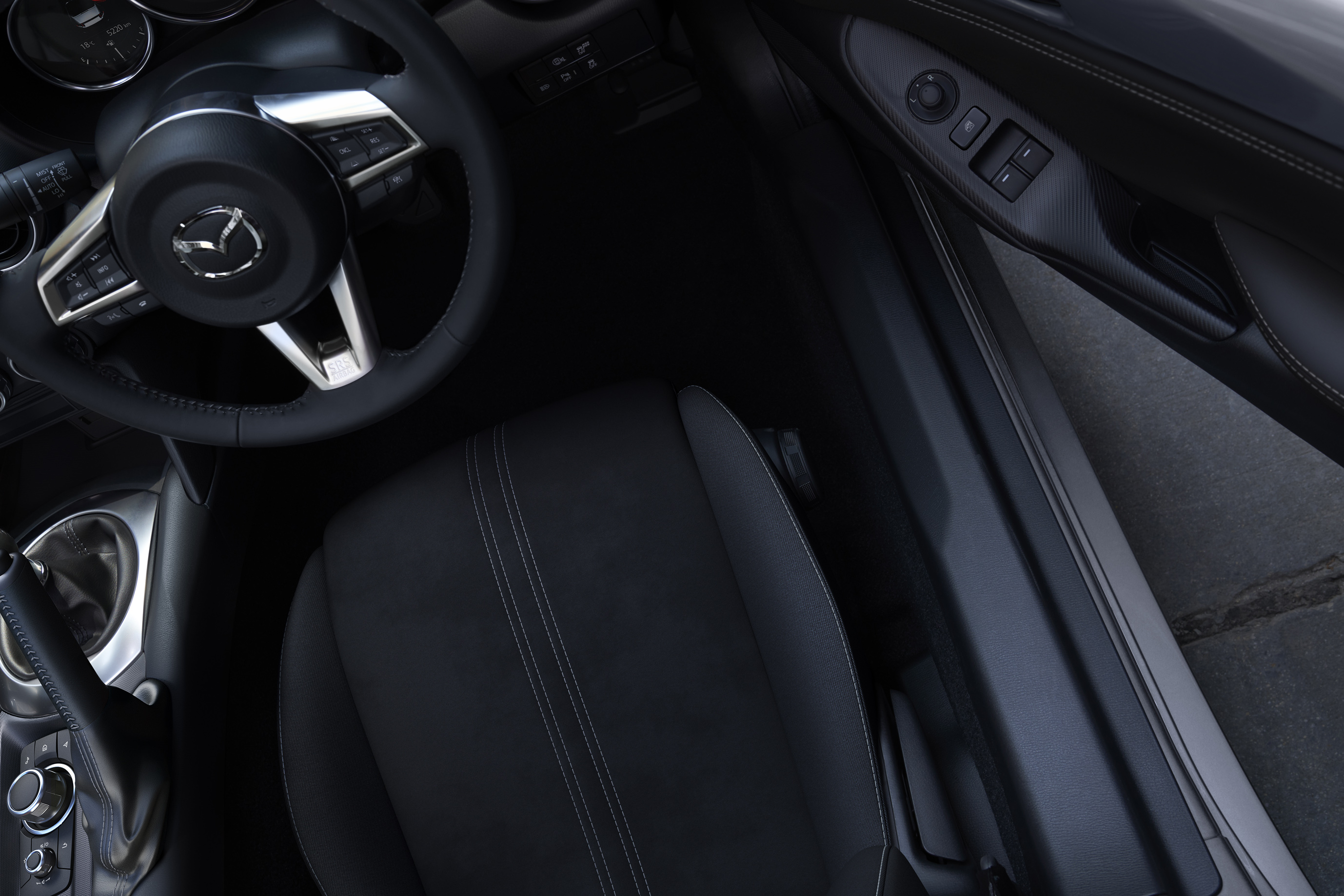
The MX-5’s only real rivals are lovingly bespoke models from the likes of Morgan and Caterham, yet it’s either a fraction of the price or a great deal more refined than these ‘authentic’ British sports cars. The 2024 MX-5 includes uprated infotainment and connectivity (as well as a maddening warning noise on the speed limiter), as well as a freshly tuned stability control system, all part of Mazda’s focus on the philosophy of Jinba Ittai – ‘driver and machine working in perfect harmony’.

Long may the MX-5 run, however Mazda chooses to evolve its little halo sports car. Aspirational automobiles don’t need to be outlandishly shaped six-figure statements. Sometimes, less really is more.
Mazda MX-5, from £28,015, Mazda.co.uk
Jonathan Bell has written for Wallpaper* magazine since 1999, covering everything from architecture and transport design to books, tech and graphic design. He is now the magazine’s Transport and Technology Editor. Jonathan has written and edited 15 books, including Concept Car Design, 21st Century House, and The New Modern House. He is also the host of Wallpaper’s first podcast.
-
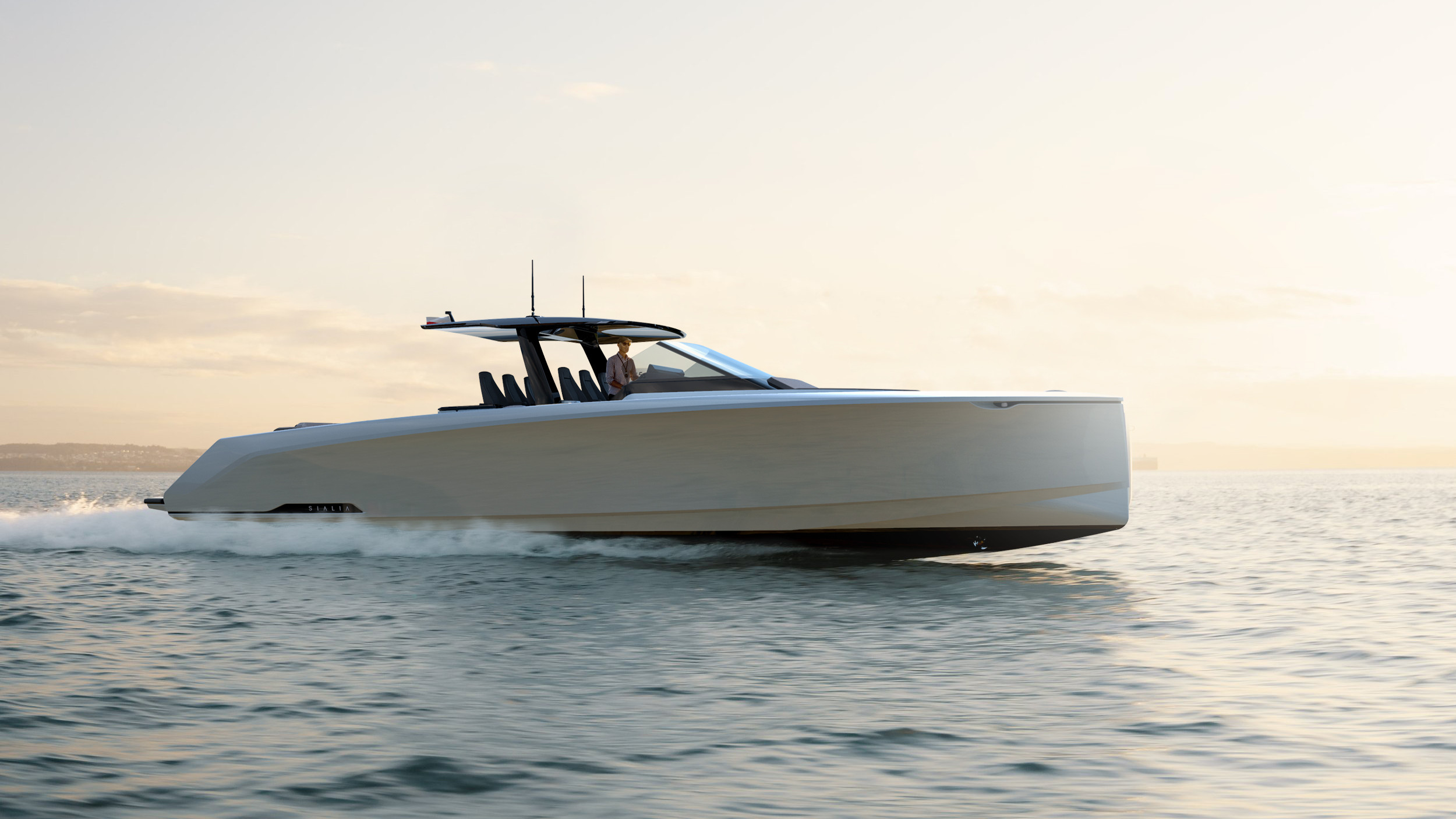 The Sialia 45 cruiser is a welcome addition to the new generation of electric boats
The Sialia 45 cruiser is a welcome addition to the new generation of electric boatsPolish shipbuilder Sialia Yachts has launched the Sialia 45, a 14m all-electric cruiser for silent running
By Jonathan Bell
-
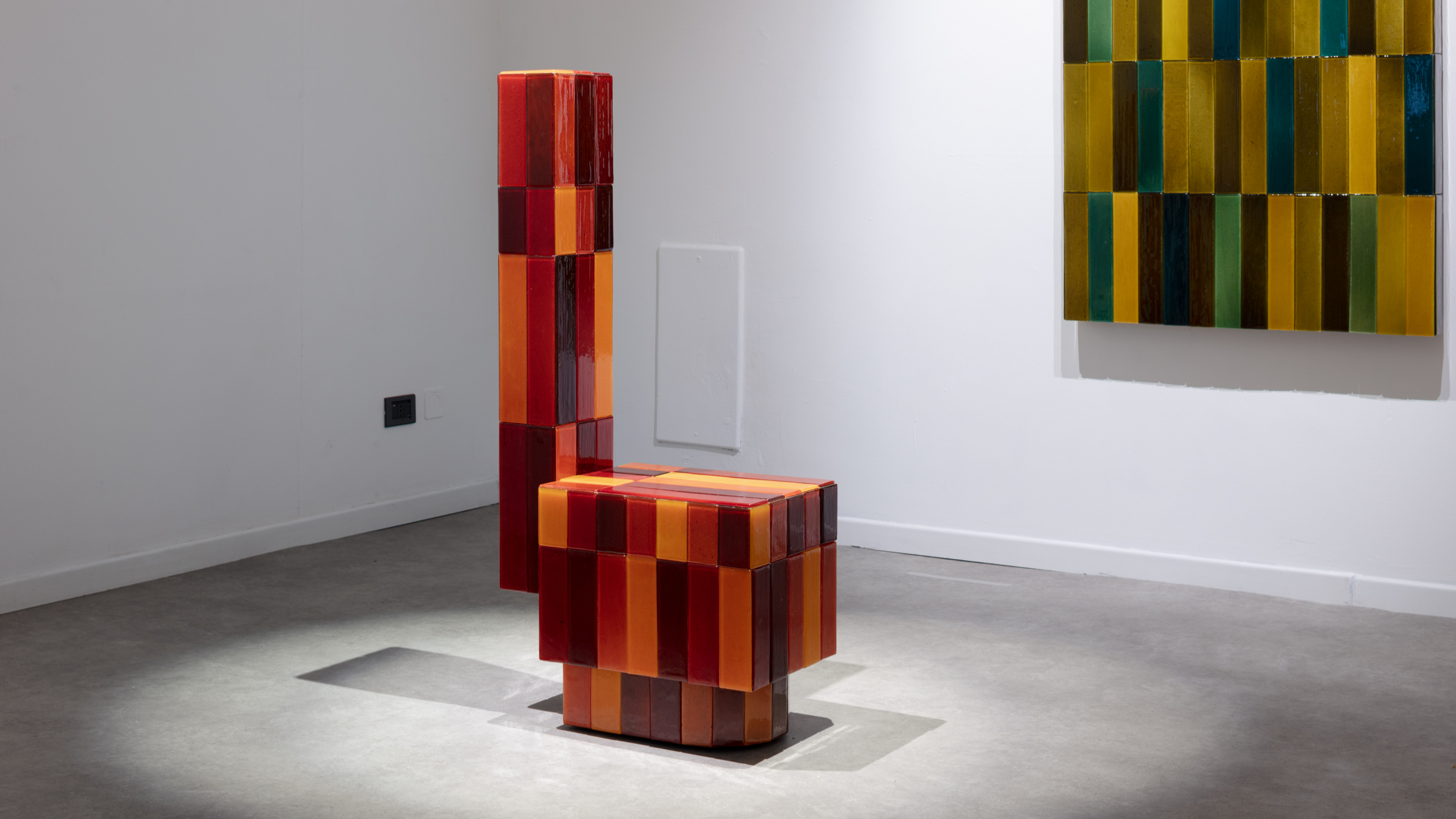 Tokyo design studio We+ transforms microalgae into colours
Tokyo design studio We+ transforms microalgae into coloursCould microalgae be the sustainable pigment of the future? A Japanese research project investigates
By Danielle Demetriou
-
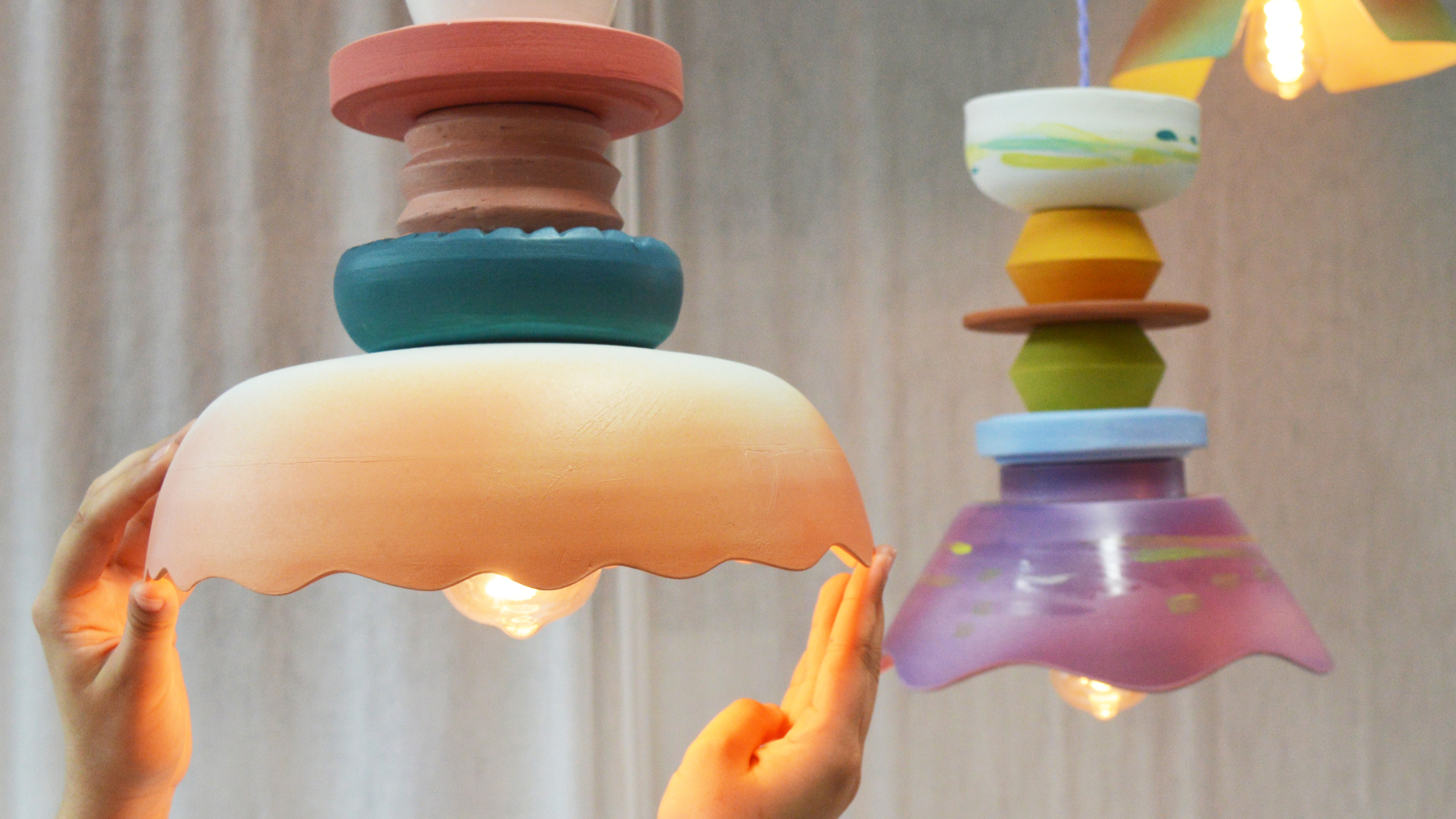 What to see at London Craft Week 2025
What to see at London Craft Week 2025With London Craft Week just around the corner, Wallpaper* rounds up the must-see moments from this year’s programme
By Francesca Perry